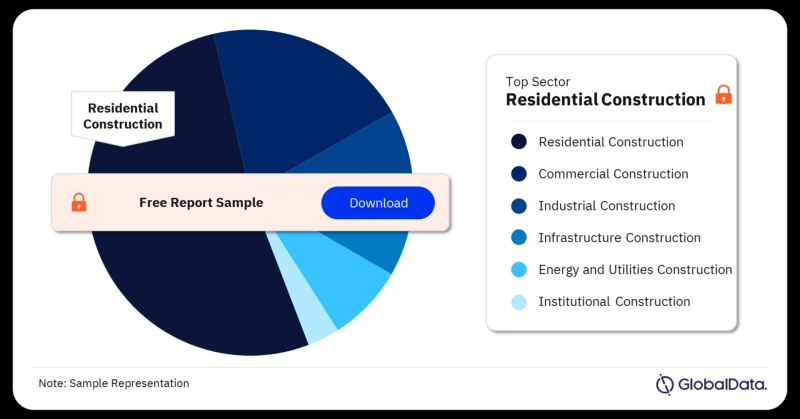The Myanmar construction market is undergoing significant transformations, fueled by rapid urbanization, infrastructural development, and increased foreign investment. This article explores the current landscape of the construction industry in Myanmar, examining growth drivers, challenges, key players, emerging trends, investment opportunities, and government initiatives shaping the sector’s future.
Introduction to the Myanmar Construction Market
Myanmar’s construction industry is experiencing robust growth, driven by various factors such as population growth, urbanization, and government initiatives to improve infrastructure. With a burgeoning population of over 54 million people and a growing economy, the demand for residential, commercial, and infrastructure projects is on the rise.
Growth Drivers in the Construction Industry
Infrastructure Development
The Myanmar government has prioritized infrastructure development to support economic growth and improve living standards. Major projects include roads, bridges, airports, ports, and utilities, aimed at enhancing connectivity and facilitating trade within the region.
Urbanization Trends
Rapid urbanization is fueling demand for residential and commercial properties in major cities like Yangon and Mandalay. The migration of rural populations to urban areas is driving construction activity, creating opportunities for developers and investors.
Challenges Facing the Construction Sector
Regulatory Environment
Despite recent reforms, Myanmar’s regulatory environment remains complex, with bureaucratic hurdles and legal uncertainties affecting construction projects. Streamlining regulations and improving transparency are essential to attract more investment and foster growth in the sector.
Skilled Labor Shortage
The construction industry in Myanmar faces a shortage of skilled labor, hindering project execution and quality standards. Addressing this issue requires investment in vocational training programs and initiatives to attract and retain talent in the construction sector.
Key Players in the Myanmar Construction Market
Local Construction Companies
Local construction firms play a vital role in the Myanmar market, undertaking a wide range of projects from residential developments to infrastructure projects. These companies possess local knowledge and expertise, making them valuable partners for investors and developers.
Foreign Investors
Foreign investors are increasingly participating in Myanmar’s construction sector, attracted by the country’s growth potential and government incentives. Joint ventures with local partners are common, allowing foreign firms to navigate regulatory challenges and leverage local expertise.
Emerging Trends and Technologies
Sustainable Construction Practices
With growing awareness of environmental issues, sustainable construction practices are gaining traction in Myanmar. Developers are incorporating green building designs, renewable energy sources, and efficient construction methods to minimize environmental impact and reduce operating costs.
Digitalization in Construction
The adoption of digital technologies is transforming the construction industry in Myanmar, improving productivity, efficiency, and project management. Building Information Modeling (BIM), drones, and Internet of Things (IoT) are being used to streamline construction processes and enhance project outcomes.
Opportunities for Investment
Residential Projects
The demand for affordable housing in Myanmar presents significant investment opportunities for developers and investors. Residential projects catering to middle-income households and affordable housing schemes supported by the government are particularly attractive.
Commercial Developments
The growth of Myanmar’s economy is driving demand for commercial properties such as office spaces, retail outlets, and hospitality establishments. Urban centers like Yangon offer prime locations for commercial developments, supported by favorable demographic trends and increasing consumer spending.
Government Initiatives and Policies
Foreign Investment Laws
The Myanmar government has implemented reforms to encourage foreign investment in the construction sector, including streamlined approval processes and tax incentives for infrastructure projects. Clear and consistent policies are essential to attract more foreign capital and drive industry growth.
Infrastructure Projects
The government’s ambitious infrastructure development plans present opportunities for investors and contractors to participate in large-scale projects. Key initiatives include the construction of highways, railways, power plants, and urban development projects aimed at improving livability and connectivity.
Conclusion
The Myanmar construction market offers immense growth potential driven by urbanization, infrastructure development, and increasing foreign investment. While challenges such as regulatory complexities and skilled labor shortages persist, the sector’s outlook remains positive, supported by emerging trends, technological advancements, and government initiatives.
Buy the Full Report for more Sector Insights into the Myanmar Construction Market, Download a Free Report Sample


